Week 11: Is There a Difference Between Assessment and Evaluation?
LOC 11: Compare the difference between assessment and evaluation
Learning Objectives
By the end of this week, participants will be able to:
- 11.1 – Define and identify the difference between assessment and evaluation.
- 11.2 – Explore a variety of techniques that will introduce opportunities for formative and summative assessments
- 11.3 – Create a list of techniques to use with their adult students
Materials Needed This Week
Here is a list of materials you will need while completing this week:
- Writing utensils
- Highlighters
- Ruler
- Sticky Notes
- Dictionary/Glossary booklet
- Handwritten Wisdom Journal
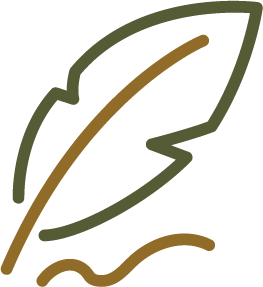
- Blank paper
- Computer/laptop
Key Terms
Add these key terms to your personal dictionary/glossary booklet. These important key terms will be used throughout module 3, week 11. If there is no link attached to the definition, be assured that the term will be defined throughout the week. We encourage you to further investigate the definitions in order to expand your knowledge.
- Self-Directed Learning (SDL)
- Evaluation
- Assessment
- Techniques
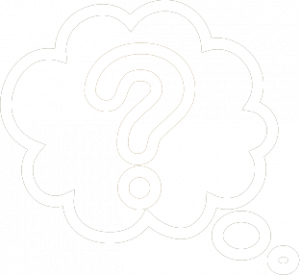 Questions to Consider
Questions to Consider
1. Is assessment different than evaluation?
2. Is testing for adults an empowerment or an impediment?
3. Is the value of an assessment for you, or for the adult learner?

“Assessment is today’s means of modifying tomorrow’s instruction.”
— Carol Ann Tomlinson
 Review
Review
Consult the following resources and interpret the necessary information with your preferred method of note-taking.
Using a variety of interactive techniques can give the teacher of adult education a chance to easily understand and quickly assess if an adult student has mastered the material (or needs to dedicate more time to the lesson). The decision to use a variety of interactive techniques, revive students from being passive to attentive and engaged, thus allowing the teacher an opportunity to process measurement of the student’s ability to learn and to be assessed.
Click the following link to download the PDF to consult an article that will give you a better understanding of what self-directed learning is.
Self-Directed Learning: A Key Component of Adult Learning Theory (PDF)
Click the following link to download the PDF to consult an article on new trends in formative-summative evaluations for adult education.
New Trends in Formative-Summative Evaluations for Adult Education (PDF)
Video: Assessment vs. Evaluation (2:11)
Click here for a video transcript in .docx format: Video Transcript
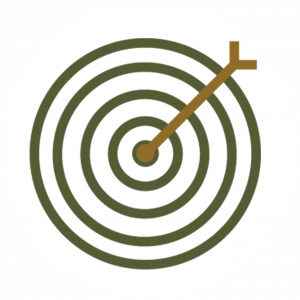 Identify
Identify
Consult the following resources below to locate the important information on this week’s topic.
Click the following link to download the PDF to consult an article about workflows for learning and evaluating in an activity-based learning context.
Towards a New Generation of Intelligent Tutoring Systems (PDF)
Video: What is Assessment? (3:33)
Click here for a video transcript in .docx format: Video Transcript

Video: What is evaluation? (4:46)
Click here for a video transcript in .docx format: Video Transcript
Ontario Tech University: Assessment vs Evaluation (article)
After consulting the resources above, fill in or print off the PDF provided to create your own checklist of ideas for assessments and evaluations you would use in your class.
Assessment and Evaluation Checklist (PDF)
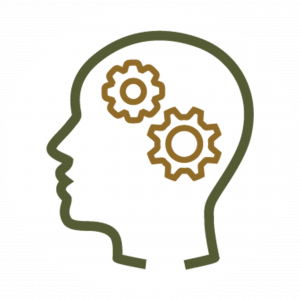 Develop
Develop
What are Formative Assessments?
What are Summative Assessments?
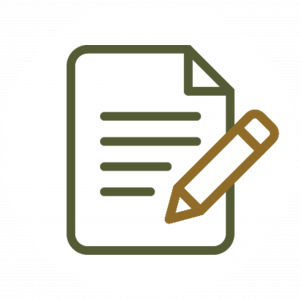 Apply
Apply
Activity
After reviewing the resources above, take some time to reflect on these questions.
Task
After reviewing, identifying, and developing ideas, thoughts, and new knowledge, how will you decide what evaluation or assessment techniques that you will use in a variety of classroom situations and lessons within your practice?
Here are some in-class strategies for you to try that may lead you to observe your students in action and will assist you in choosing an appropriate assessment:
- Why do you Think That?: Follow up all student’s responses (not just the incorrect ones) with a challenge to explain their thinking, which trains students over time to think in discipline-appropriate ways.
- Socratic Questioning: The instructor replaces the lecture by peppering students with questions, always asking the next question in a way that guides the conversation toward a learning outcome that was desired from the beginning. Variation: A group of students writes a series of questions as homework and leads the exercise in class.
- Pass the Pointer: Place a complex, intricate, or detailed image on the screen and ask for volunteers to temporarily borrow the laser pointer to identify key features or ask questions about items they don’t understand.
 Take Away Toolbox
Take Away Toolbox
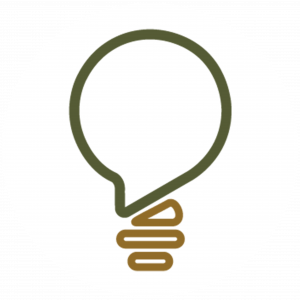 Reflect
Reflect
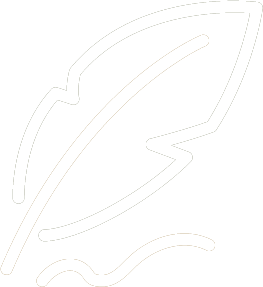 Handwritten Wisdom Journal
Handwritten Wisdom Journal
A Wisdom Writing Journal is a way to notarize your learning journey throughout the weeks during all the modules in this course. It will also permit you to demonstrate that no technology is required to focus on reflective practice. There is a variety of writing journal tools that you can choose from that require technology, however, throughout this course, it is important that you experience and model a no-technology required method in order to relate to those students that have limited or no access to technology.
Take advantage of jotting down your thoughts, frustrations, joys, aha moments, and new information acquired as the result of your hard work. Critical reflection time required at the end of each week will be a culminating result of YOUR own personal Learning Narrative.
Using your own personal writing journal, write an entry for this week’s prompts:
- In a classroom with no technology, how can assessment and evaluation take place?
- Does it really matter how you assess or evaluate adult learners? Explain.
- Based on the information that you have learned this week, how would you review, identify, develop, apply, and reflect?
Note: Be sure to justify each of your answers or comments.
Optional Resources
These resources are not required to be viewed; however, they give further information on this week’s topics:
- Pacific Crest (n.d.) Learning Module: Assessment (module)
- LINCS: Check for Understanding (article)
- ABC Life Literacy Canada: 4 literacy assessment tools for adult learners (article)
- Training Toolkit: Training Needs Assessment – Working with Adult Learners (articles)
- ProProfs Quizzes Basic General Knowledge Test Quiz (online quiz)
- Watershed’s 7 Steps of Learning Evaluation (article)

